Teaching lessons in grace and courtesy helps children grow into thoughtful, kind individuals who can thrive in any environment. Through gentle modeling and practice, even small children can learn respectful communication and behavior. Let’s find out with 4Life Education how to bring these valuable life skills into everyday moments with your child.
Why does grace and courtesy matter from the start?
In a world that often celebrates speed and loudness, grace and courtesy can be easily overlooked. Yet, these simple values form the foundation of respectful relationships and peaceful communities. When young children learn how to speak kindly, wait their turn, or apologize sincerely, they aren’t just learning rules—they’re building lifelong social and emotional skills.

Why does grace and courtesy matter from the start?
In Montessori education, grace and courtesy are not just nice extras—they’re part of the curriculum. Children are taught how to greet others, how to handle conflict gently, and how to move respectfully through shared spaces. These lessons equip them not only for the classroom but for life.
Teaching with intention and simplicity
The most effective lessons in grace and courtesy are simple, clear, and consistent. Start by explaining what behavior is expected in a particular situation. Then, model it. Finally, invite your child to try it with you. This hands-on practice can turn abstract ideas into something concrete and familiar.
For example, if your child often shouts indoors, wait for a calm moment to guide them. You might say:
“When we are outside, we can talk loudly because there is lots of space and it doesn’t hurt anyone’s ears. But indoors, it can be too loud and make people uncomfortable. Indoors, we use a quiet, gentle voice.”
Then demonstrate. Try using a loud voice and ask, “Was that indoor or outdoor voice?” Follow with a normal tone: “And now, which one is this?” Turn the lesson into a little game—it helps your child absorb it with joy, not shame.
Grace and courtesy through everyday games
Children love to play, and play is a powerful tool for learning. You can make these social lessons fun by turning them into little games:
– Practice shaking hands and making eye contact when saying hello.
– Take turns practicing saying “no thank you” politely in different scenarios.
– Role-play asking someone to join a game kindly.
– Pretend to bump into each other and practice saying “excuse me”.
– Set up a tea party to practice saying “please,” “thank you,” and “you’re welcome”.

Grace and courtesy through everyday games
By engaging in playful role-playing, children learn the nuances of tone, gesture, and timing in social interactions – skills that cannot be taught through correction alone.
Keep lessons short and pressure-free
For young children, attention spans are short. If a lesson becomes a lecture or if they feel corrected too harshly, they may shut down. Instead, keep each grace and courtesy lesson short and positive.
Instead of scolding your child in the moment, wait until a quiet time to revisit the situation with warmth and care. For example, if your child slammed a door in frustration, later you might say:
“Let’s practice closing the door gently. Here’s how we can do it without making a loud sound.”
Demonstrate slowly. Let your child try. Offer praise for their effort, even if they don’t get it perfectly right.
Be your child’s role model
Children watch everything we do. They learn grace and courtesy not just from what we teach them, but from how we treat others—and them.
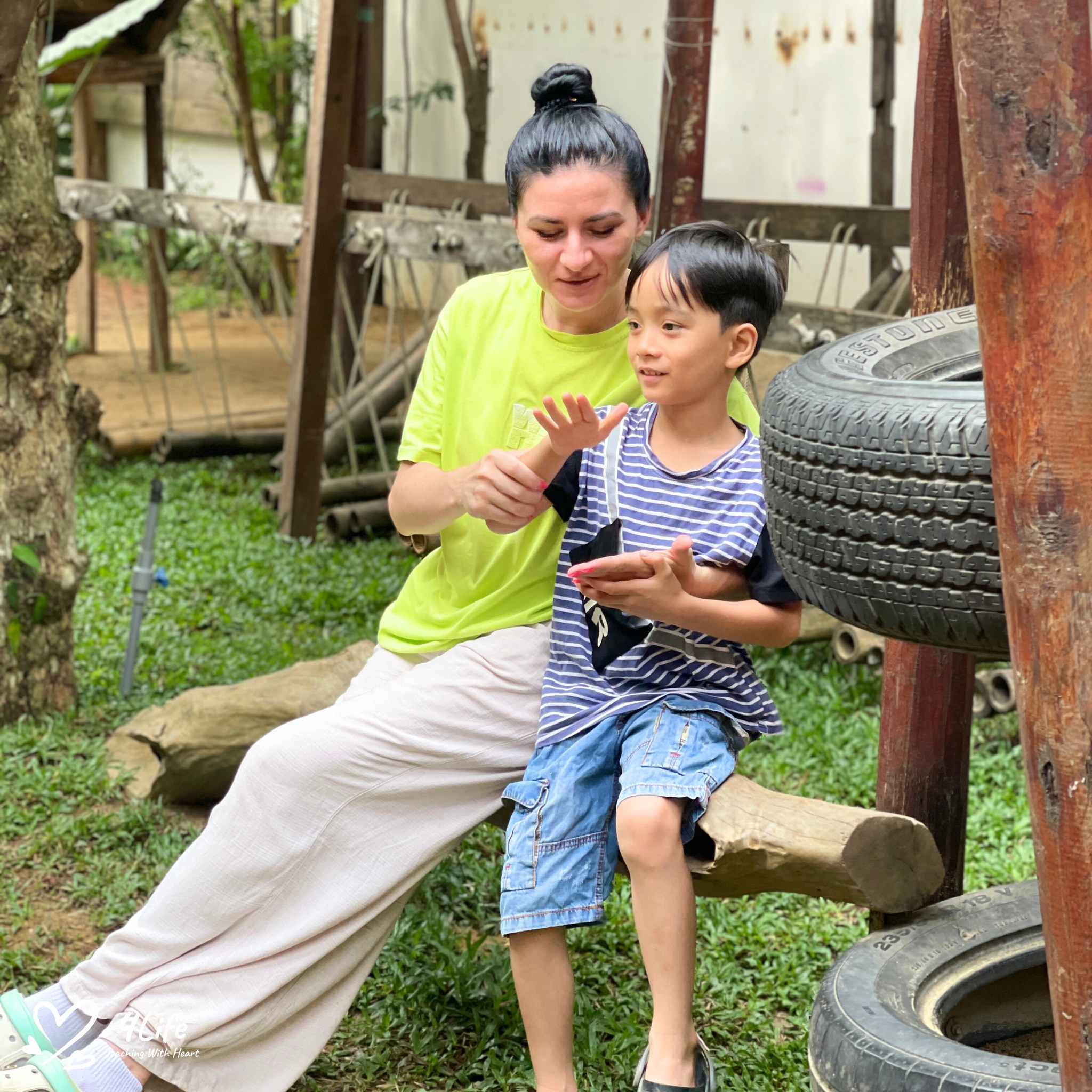
Be your child’s role model
Say “please” and “thank you” in your daily interactions with your child. Apologize sincerely when you make a mistake. Greet your neighbors kindly. Wait your turn in conversations. When you model these behaviors, you give your child a living example to follow.
Even small gestures matter. Holding the door for someone, saying “excuse me” when passing in front of another person, or offering a warm greeting when meeting a friend—these moments teach more than a dozen lectures ever could.
Be mindful of your child’s environment
Grace and courtesy are absorbed through observation, so it’s important to consider the company your child keeps. The people around your child—friends, caregivers, relatives—will all influence their sense of appropriate behavior.
Choose playdates thoughtfully. Spend time in calm, respectful environments where good manners are the norm. If your child sees others being loud, rude, or disruptive without consequences, they may begin to imitate that behavior.
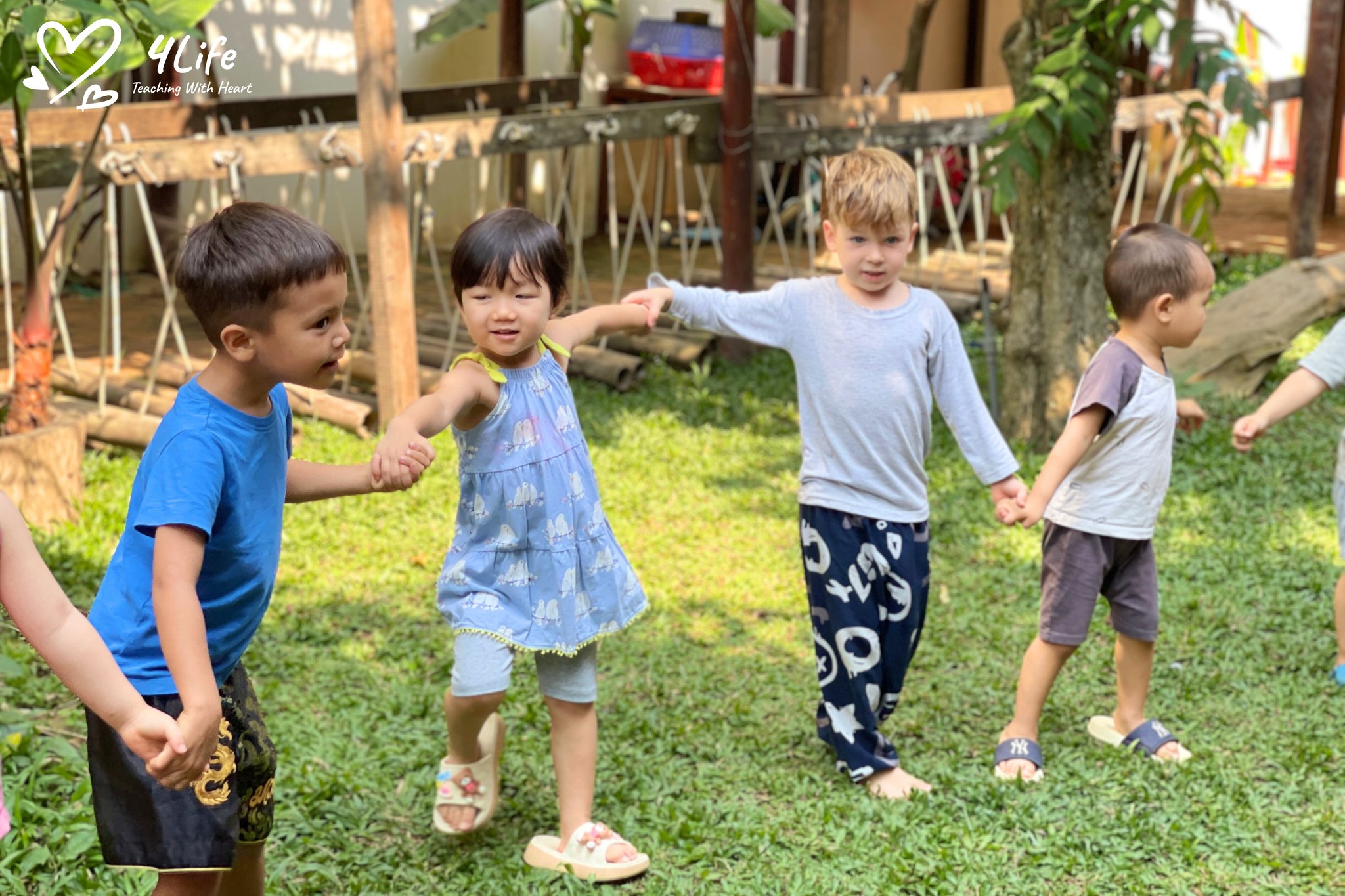
Be mindful of your child’s environment
At the same time, don’t expect perfection. Children are learning. The goal is not to raise a robot who follows rules, but a thoughtful person who considers others and acts with kindness.
Lessons you can teach at home
There are countless opportunities to teach grace and courtesy at home. Try focusing on one concept each week and practicing it together during family meals, playtime, or errands. Some ideas include:
– Saying “please,” “thank you,” and “you’re welcome”.
– Speaking in a calm, kind tone (no whining or yelling).
– Asking, “Can I have a turn?” or “May I play with you?”.
– Introducing yourself to someone new.
– Opening and closing doors quietly.
– Covering your mouth when coughing or sneezing.
– Giving compliments or encouragement.
– Letting others go first or pass by.
– Saying “excuse me” after bumping into someone.
– Responding politely when someone calls your name.
– Walking around, not through, areas where others are working.
– Waiting patiently for a turn.
– Not interrupting others when they are speaking.
– Answering the telephone politely.
Each of these lessons can be modeled, practiced, and reinforced with gentle reminders. Over time, they become natural habits.
Teaching apologies and conflict resolution
Knowing how to apologize sincerely is a key part of learning grace and courtesy. Instead of forcing an automatic “sorry,” help your child understand what happened and why an apology is important.
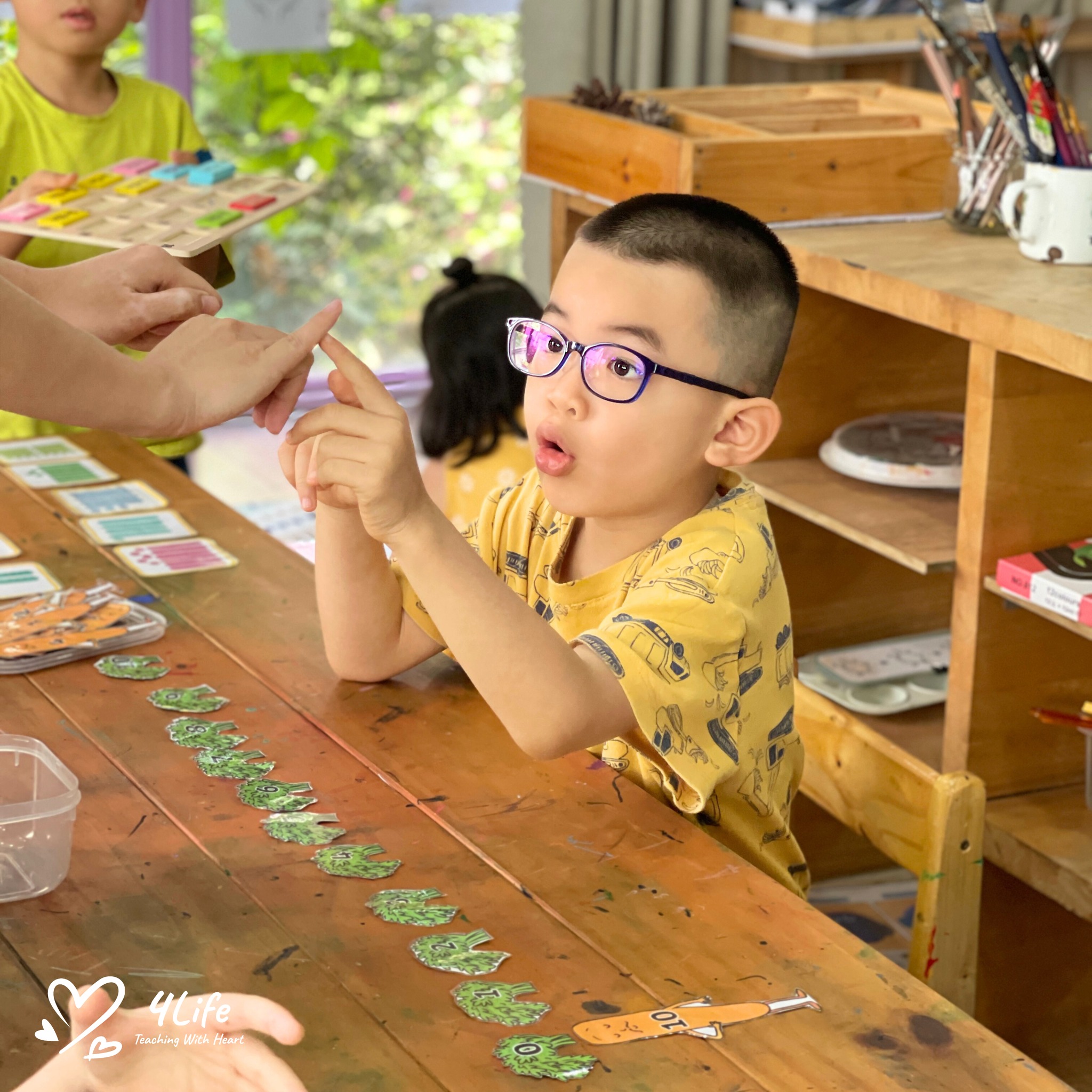
Teaching apologies and conflict resolution
Try saying:
“Your friend looked sad when you took the toy without asking. What do you think we could do to help her feel better?”
Encourage your child to speak from the heart:
“I’m sorry I took your toy. I’ll ask next time.”
Teaching children to acknowledge mistakes and make amends prepares them for healthier relationships as they grow.
Make grace and courtesy part of your family values
The best way to teach grace and courtesy is to weave it into your family’s daily life. Talk about why kindness matters. Celebrate your child when they show empathy or thoughtfulness. Use language that reinforces the idea that we treat others well because it makes the world better for everyone.
Some families create a “courtesy jar,” adding a bead each time someone shows a small act of respect. Others read books about kindness and manners together. You might even come up with a family motto, such as “We speak kindly, act gently, and listen well.”
Whatever your approach, consistency is key. When children see grace and courtesy practiced and valued every day, they come to embody these traits naturally.
Trust in the process
Teaching grace and courtesy is not about getting it perfect today. It’s a long process of growth and learning. Your child may struggle with some lessons more than others. That’s okay. They are learning the tools they’ll use for a lifetime.
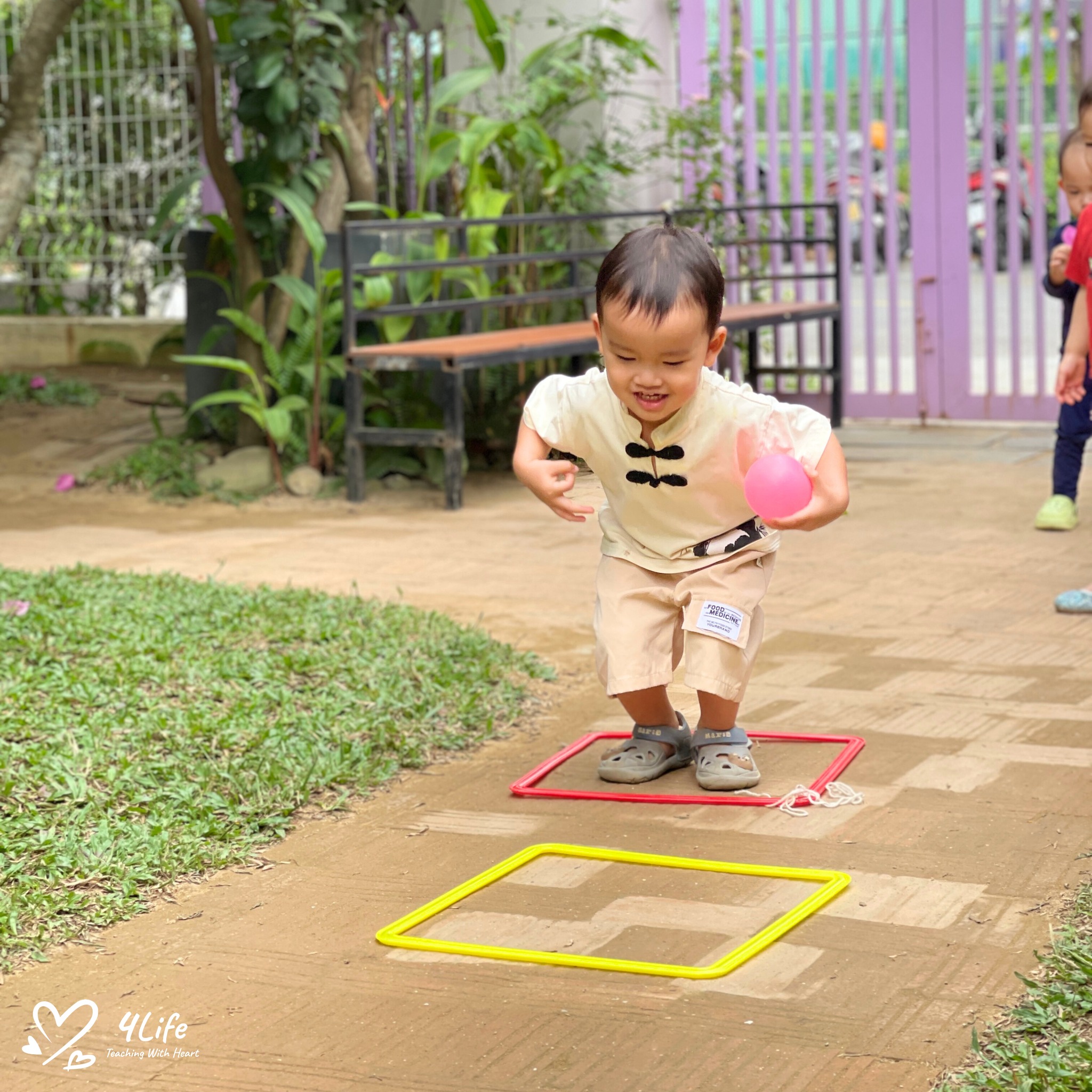
Trust in the process
Stay patient. Celebrate progress, however small. Offer loving correction when needed, and never shame or embarrass your child for mistakes. Grace and courtesy, after all, are not just about how we treat others—they’re also about how we treat ourselves and our children.
Teaching lessons in grace and courtesy is one of the most powerful gifts you can give your child. These early social lessons shape how they interact with others, how they see themselves, and how they contribute to the world. With consistency, modeling, and a gentle heart, you can raise a child who not only knows how to behave well but chooses to do so out of respect and empathy. Grace and courtesy are not just rules—they are a way of living together with care.

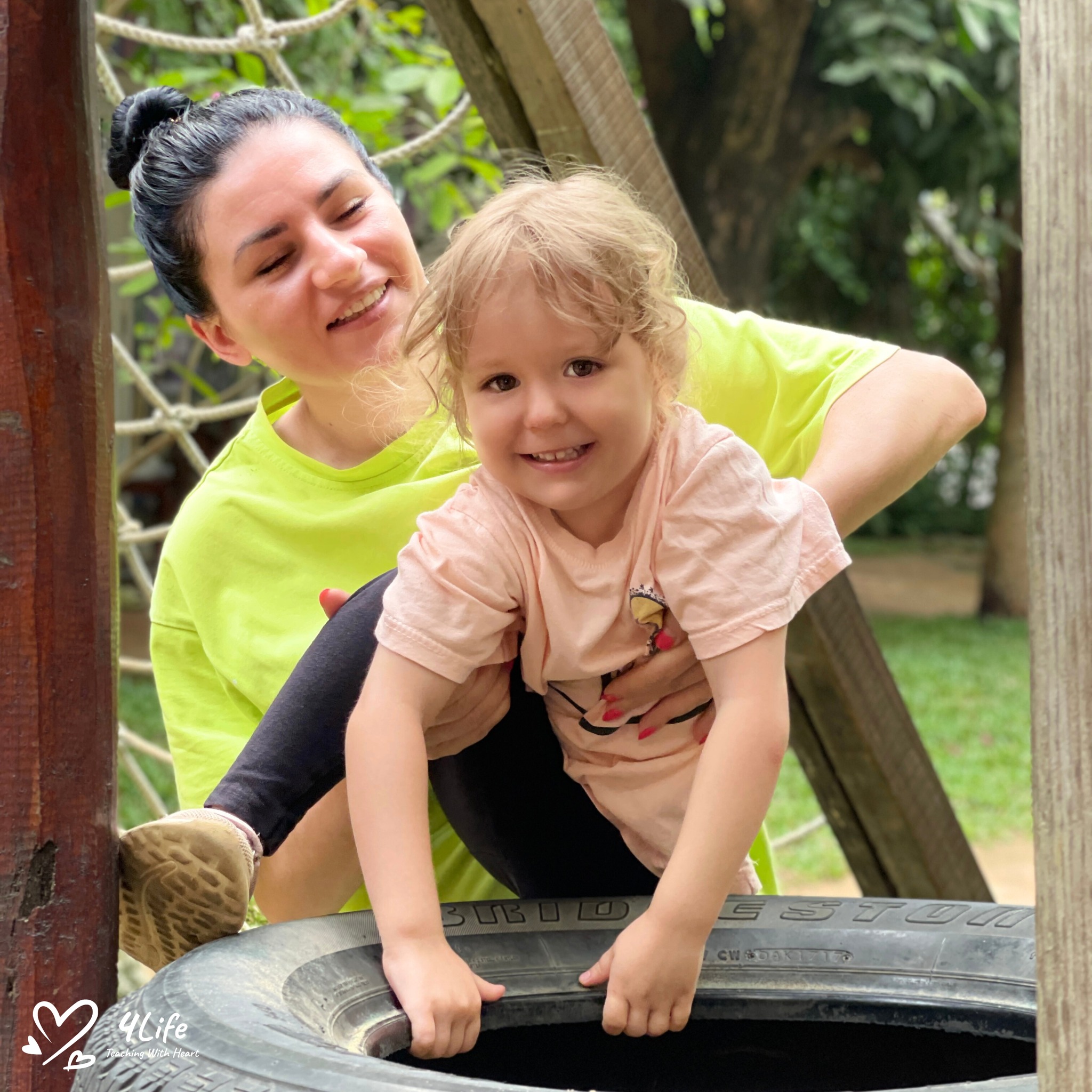

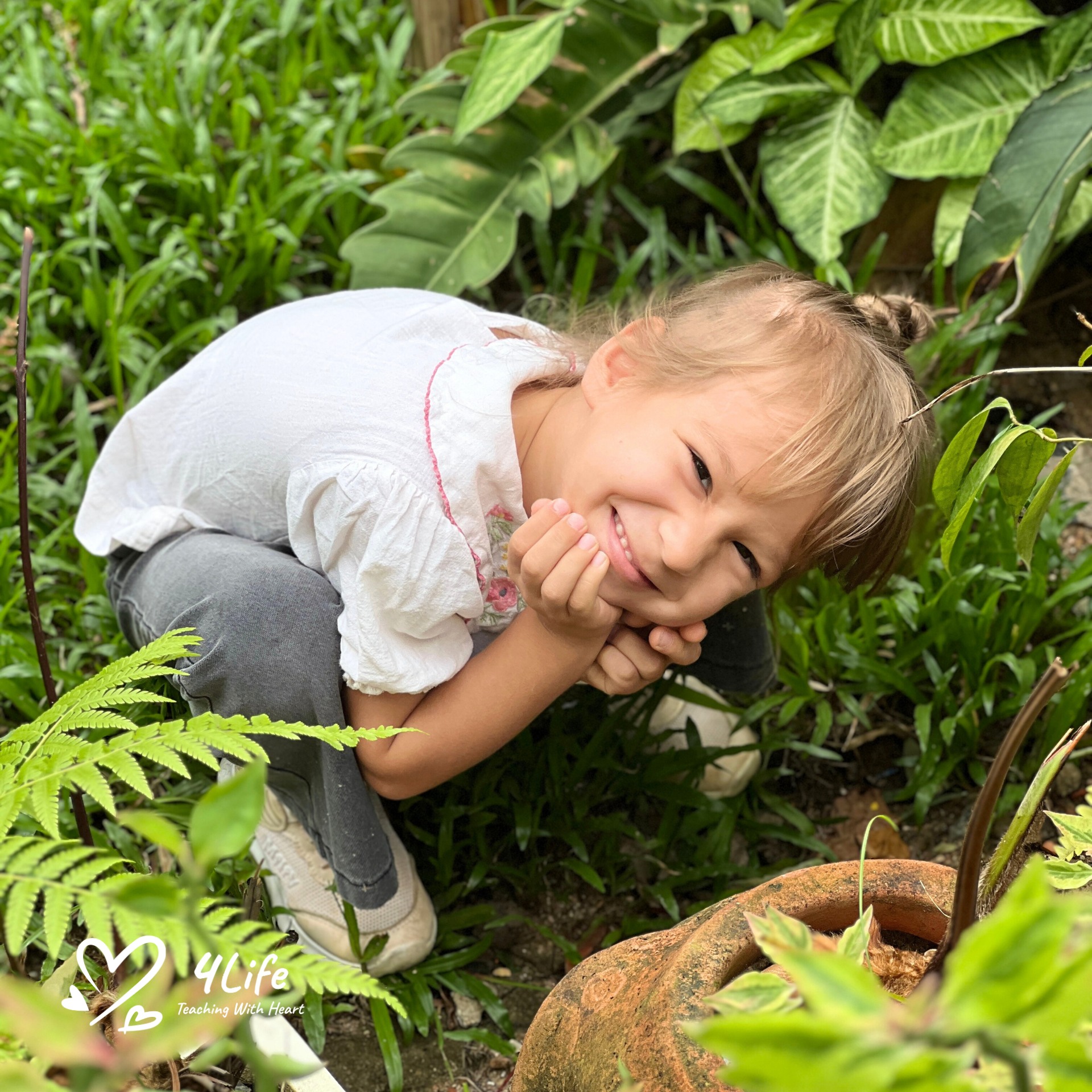
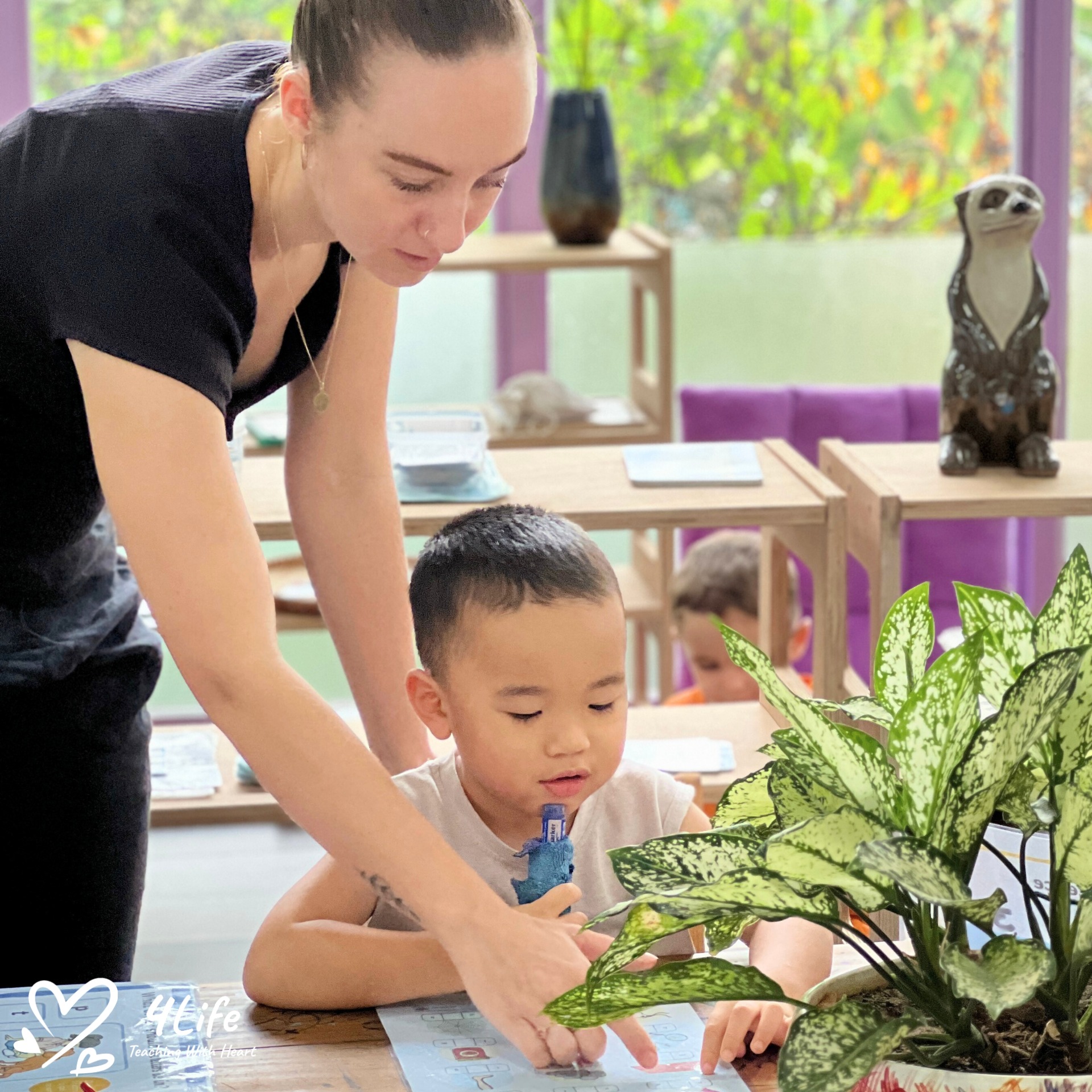


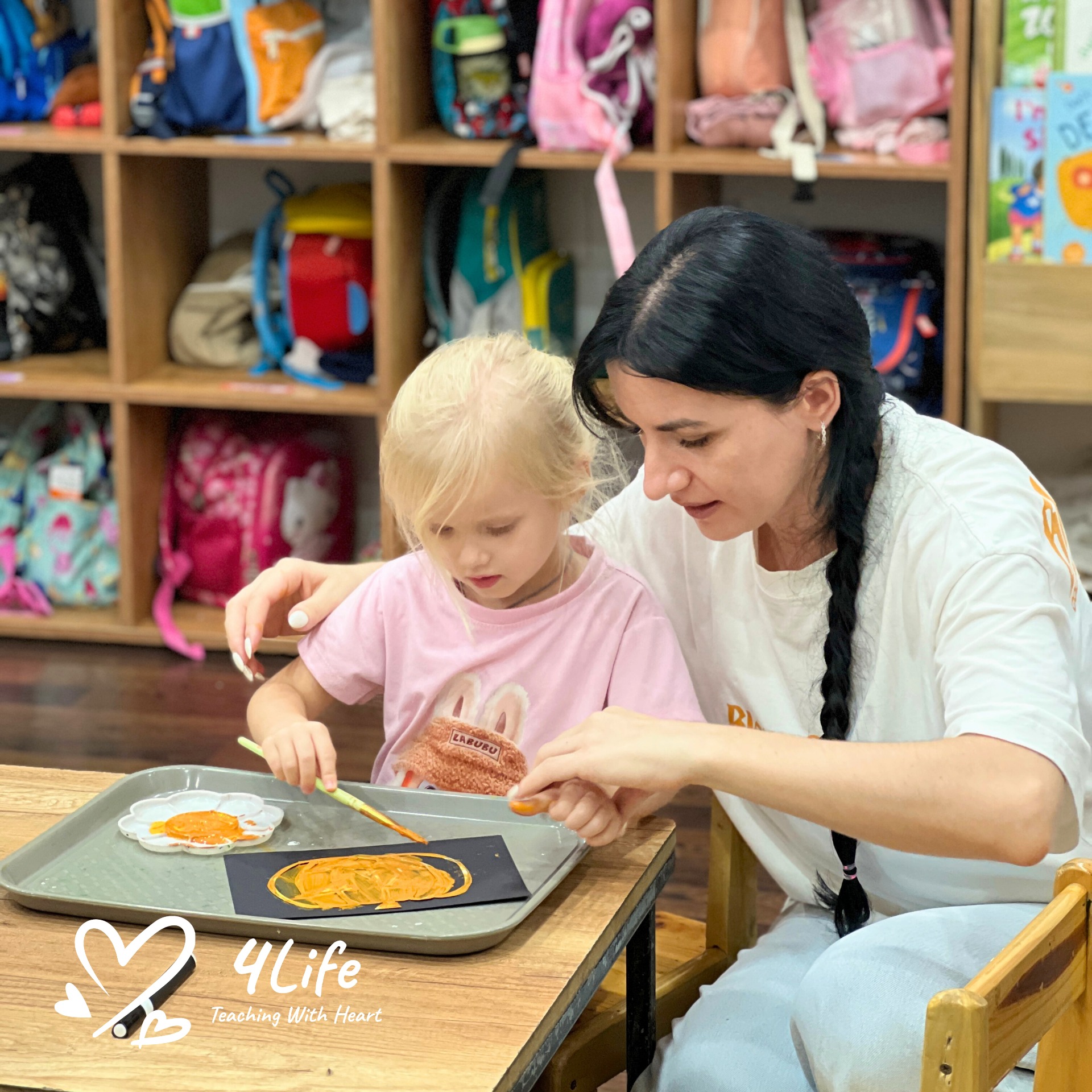
0 Comments